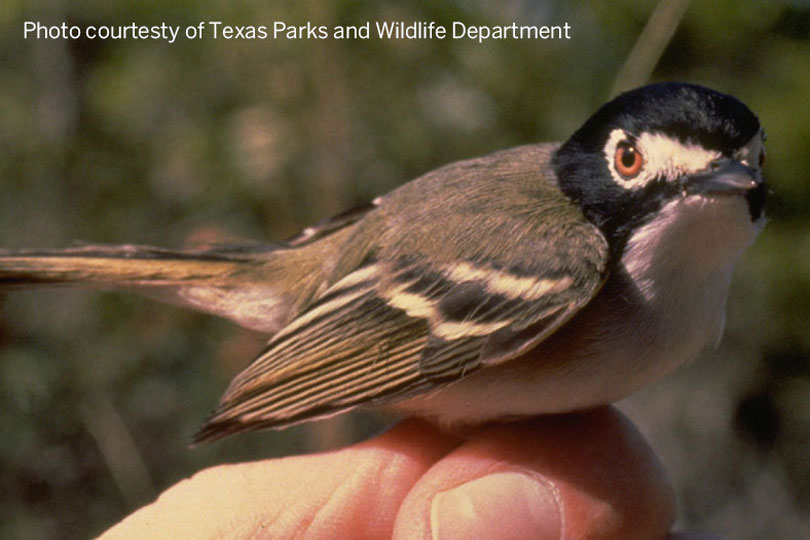By Justin Walker
Communications Specialist
The U.S. Fish and Wildlife Service announced significant changes to the Endangered Species Act (ESA) on Monday, Aug. 12.
The changes will help improve efficiency of oversight while still protecting rare plants and animals, Interior Secretary David Bernhardt said.
“The best way to uphold the Endangered Species Act is to do everything we can to ensure it remains effective in achieving its ultimate goal—recovery of our rarest species,” Bernhardt said. “An effectively administered act ensures more resources can go where they will do the most good: on-the-ground conservation.”
Initially signed into law in 1973 by President Richard Nixon, the ESA is credited with saving the bald eagle, California condor and other plants and animals from extinction. More than 1,600 species in the U.S. and its territories are currently protected by the act.
The changes raise the possibility of real-world species recovery, American Farm Bureau Federation President Zippy Duvall said.
“These new regulations restore the traditional distinction between threatened and endangered species,” Duvall said. “That’s important. In the real world, the things we must do to restore a threatened species are not always the same as the ones we’d use for endangered species.”
The changes also will help farmers and ranchers who want to help with recovery efforts, eliminating unnecessary time and expenses in the process. The overregulation of farmland under the ESA has made it difficult for farmers and ranchers to plant crops, take care of the land and manage wildlife, Texas Farm Bureau National Legislative Director Laramie Adams said.
“When they list these species for either endangered or threatened, farmers and ranchers have to abide by certain land-use regulations,” Adams said in an interview with the Texas Farm Bureau Radio Network. “We have seen overreach in the ESA for too many years. We have to be looking forward trying to reform the ESA to make it more workable for our hardworking agricultural folks.”
Environmental review and interagency consultations will also be simplified through the new rules, while keeping effective species protections at the forefront, Duvall said.
“Keeping species on the endangered list when they no longer face the threat of extinction takes valuable resources away from species that still need ongoing protection under the ESA,” he said. “These new regulations will provide much needed consistency in the listing and de-listing process to better allocate critical resources to species in need.”
Lands designated as unoccupied critical habitats for threatened and endangered species are also being revised. This area must include at least one physical or biological feature needed to conserve the species, a common-sense matter, Duvall said.

